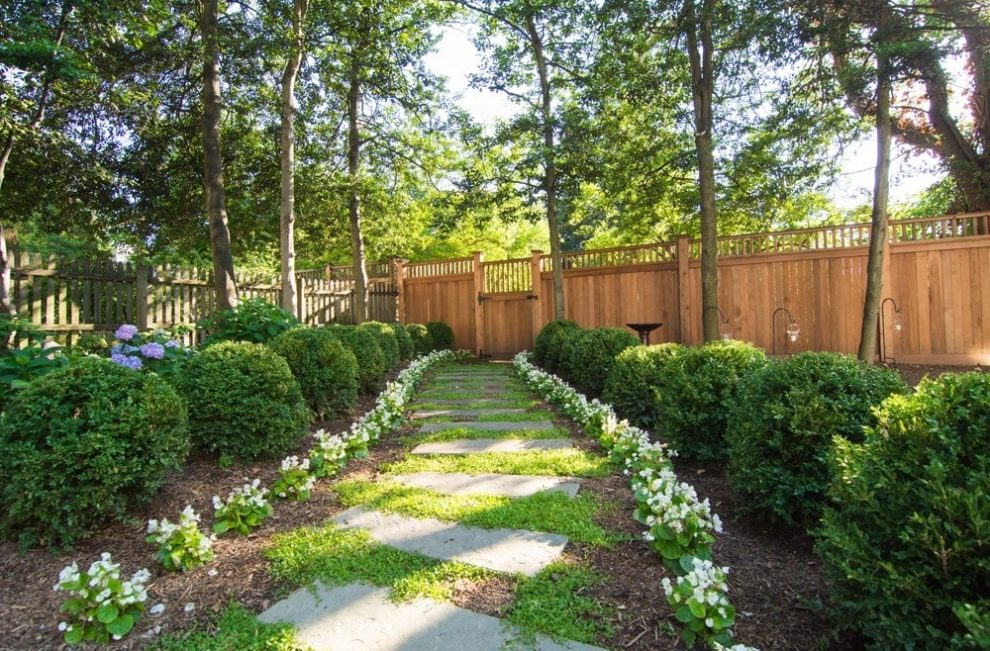
Introduction
Famed landscape architect, Frederick Law Olmsted, once said, “The enjoyment of scenery employs the mind without fatigue and yet exercises it.” Indeed, a well-designed garden filled with the right plants is not just visually appealing, but also a source of joy and relaxation. However, the process of choosing the right plants can be daunting, especially for beginners. This article aims to guide you through the process, providing practical tips and considerations in selecting the right plants for your dream garden.
Understanding Your Garden’s Environment
Before heading to the nursery or garden center, take time to understand your garden’s environment as it greatly influences which plants will thrive.
1. Assess Your Soil
Soil quality varies widely, even within the same garden. Understanding your soil’s composition – whether it’s sandy, clay, loamy, or something in between – is crucial in choosing suitable plants. A soil test can help determine its pH and nutrient levels, which can guide you in selecting plants that will flourish in your specific soil conditions.
2. Consider Sunlight and Shade
Observe your garden at different times of the day and throughout the year to determine how much sun and shade each area receives. Some plants thrive in full sun, while others prefer partial shade or even full shade.
3. Take Note of Your Climate
The climate in your area plays a significant role in plant selection. Each plant has a hardiness zone rating that indicates the range of temperatures in which it can grow.
![]()
Setting a Vision for Your Garden
With an understanding of your garden’s environment, it’s time to set a vision for your garden.
1. Think About Style
Your garden should reflect your personal style. Do you prefer a wild and natural garden, a formal English garden, or a modern minimalist one? Your chosen style will guide you in selecting plants that suit that aesthetic.
2. Consider Size and Scale
Consider the mature size of plants to ensure they fit well within your garden’s scale. A plant might look small in the nursery, but it can grow significantly and could overwhelm your garden or crowd out other plants.
3. Seasonal Interest
Strive for a balance of plants that provide interest in different seasons. Include a mix of spring and summer blooms, fall foliage, and structures that stand out in the winter.
Choosing the Right Plants
With these considerations in mind, here are some tips for choosing your plants:
1. Choose Native Plants
Native plants are adapted to your local climate and soil conditions, making them more likely to thrive with less care. They also contribute to local biodiversity.
2. Mix it Up
Create a diverse garden by mixing perennials, annuals, shrubs, and trees. This not only makes your garden more interesting, but it also promotes a healthier ecosystem.
3. Plant for Purpose
Remember that plants can serve specific purposes in landscaping. Trees can provide shade or privacy, shrubs can act as windbreakers, and flowers can attract pollinators.
In conclusion, choosing the right plants for your garden involves careful consideration of your garden’s environment, your personal style, and the specific role each plant will play. As English horticulturist Gertrude Jekyll noted, “The love of gardening is a seed once sown that never dies.” So, take your time in choosing your plants and enjoy the process. After all, the journey is just as important as the destination in the art of gardening.












